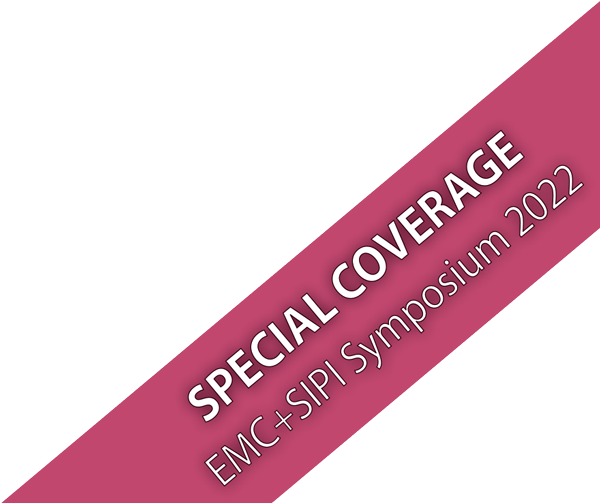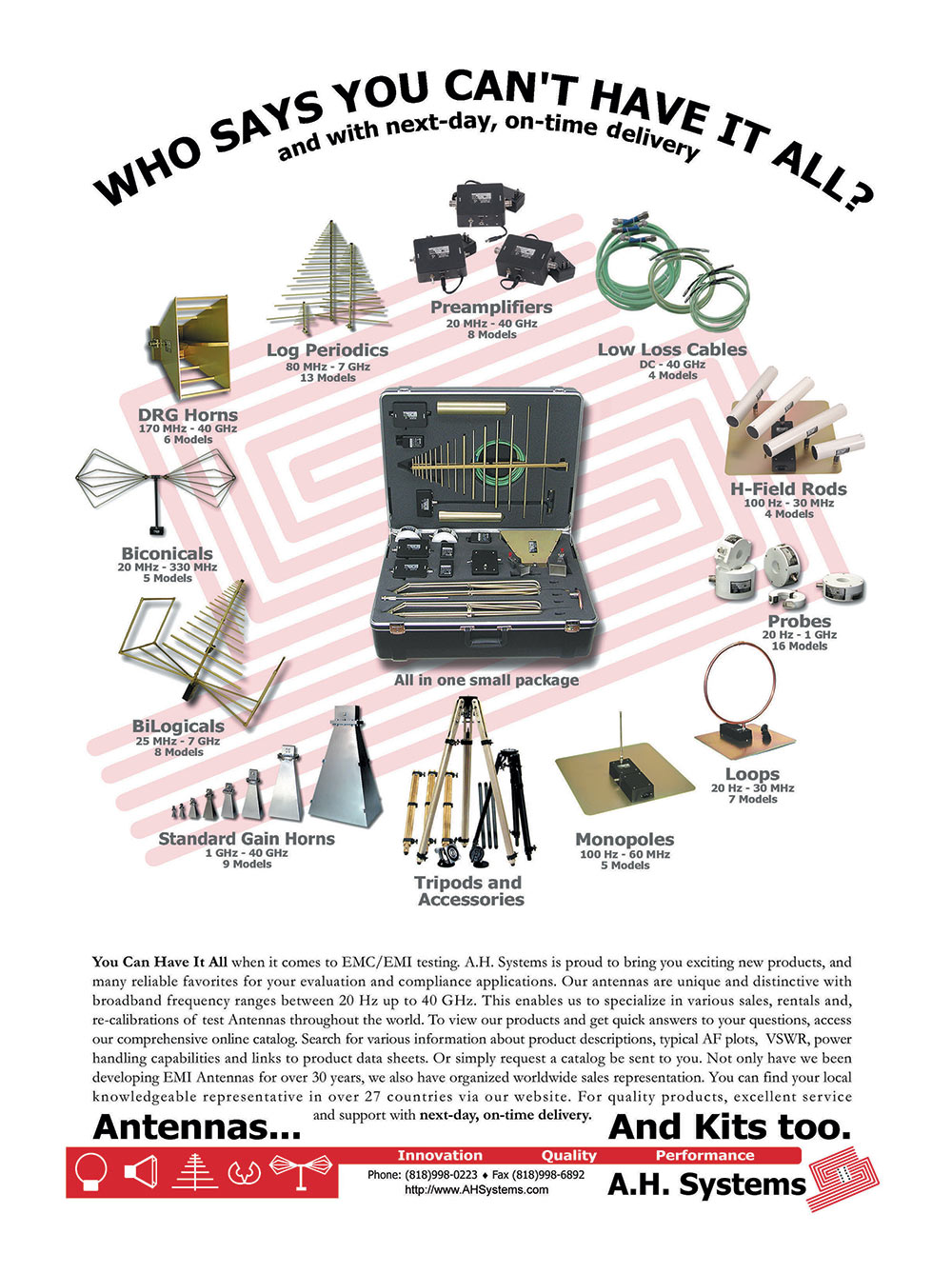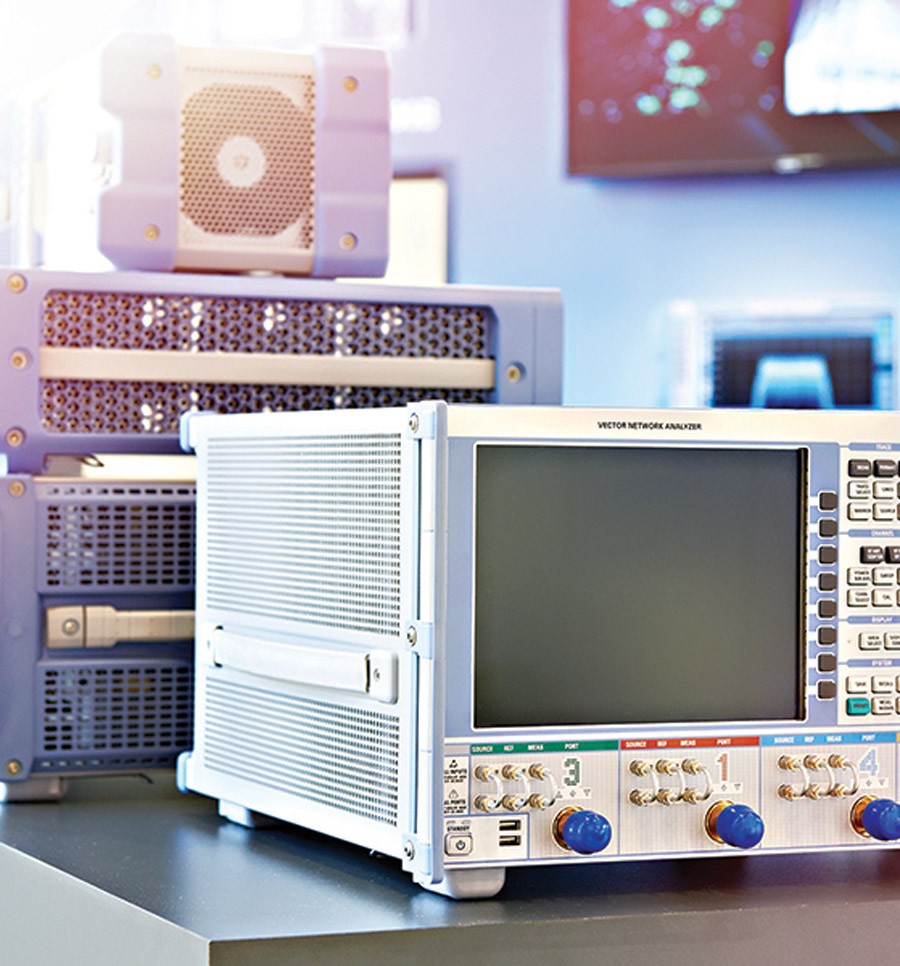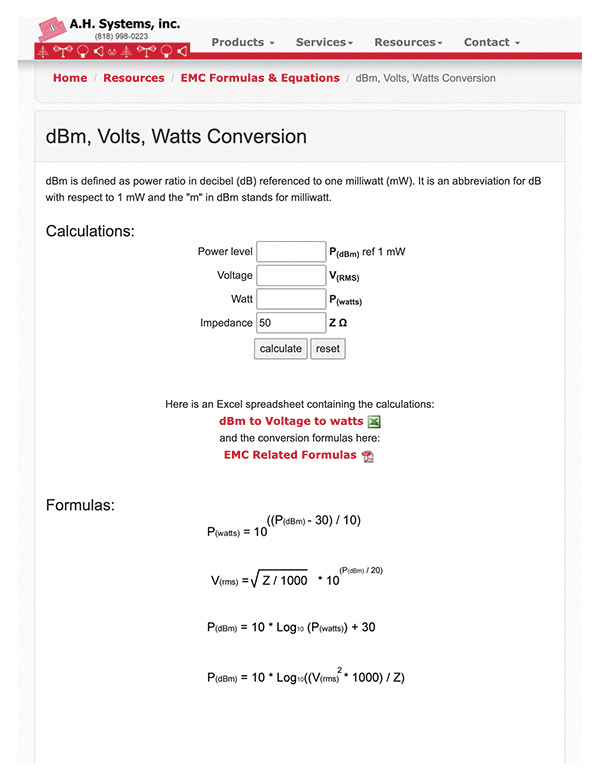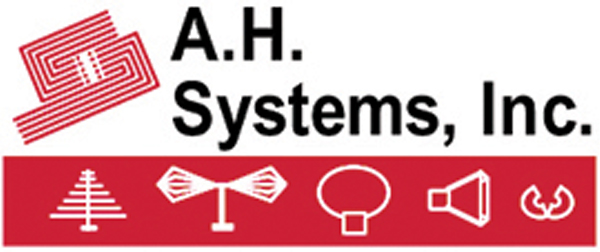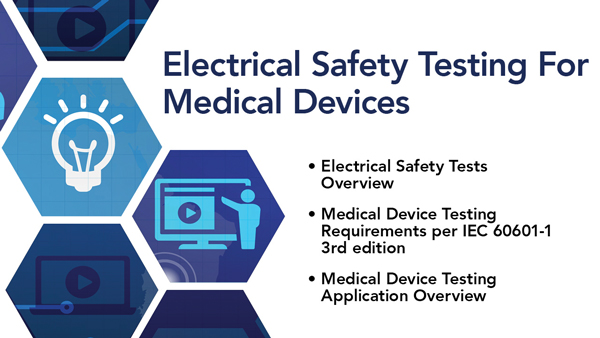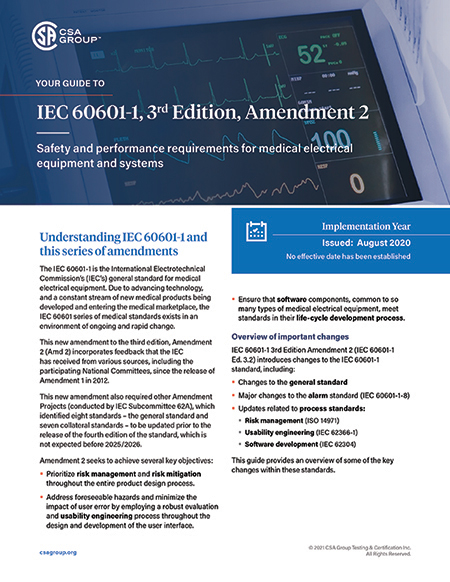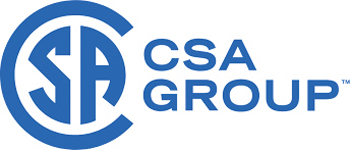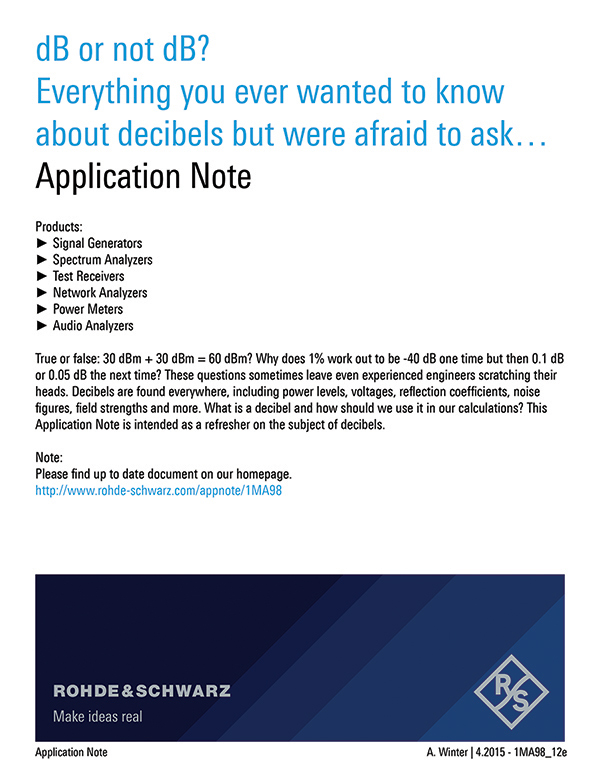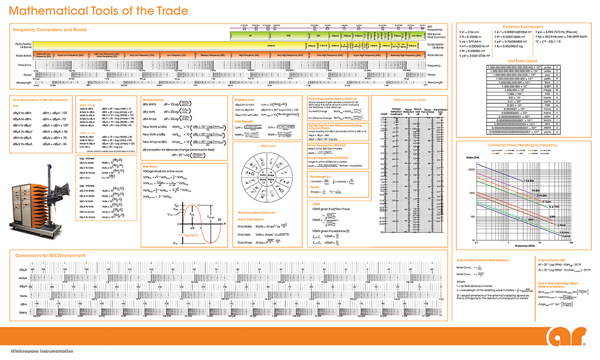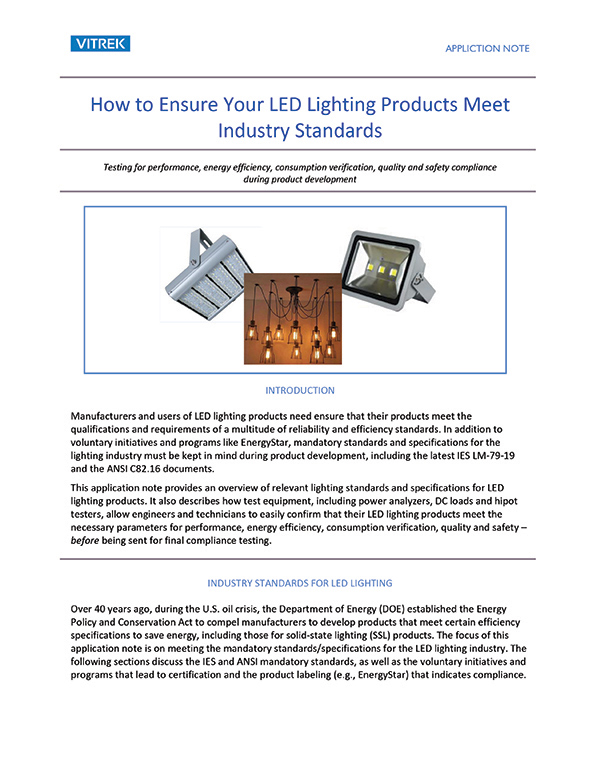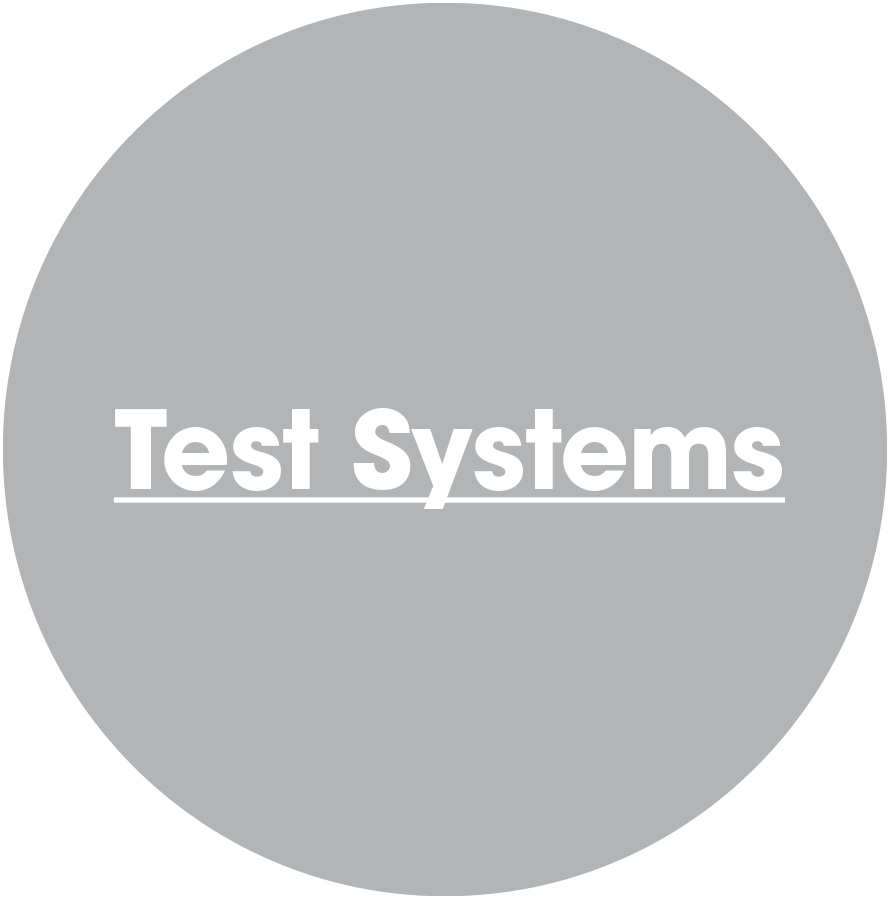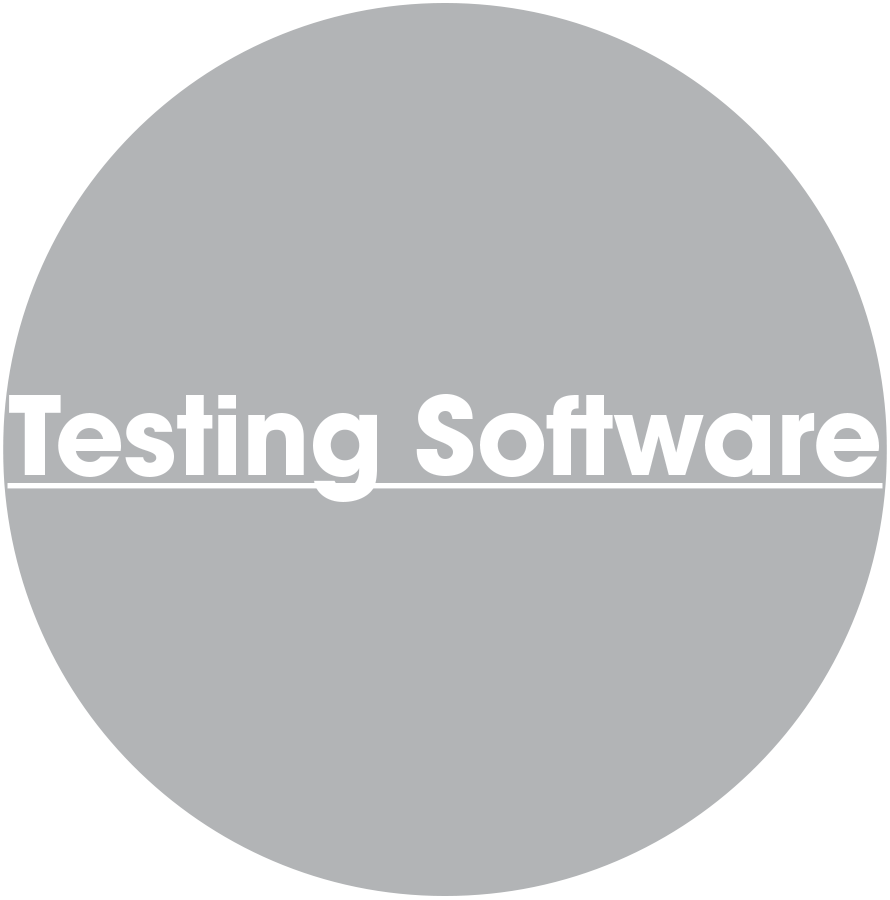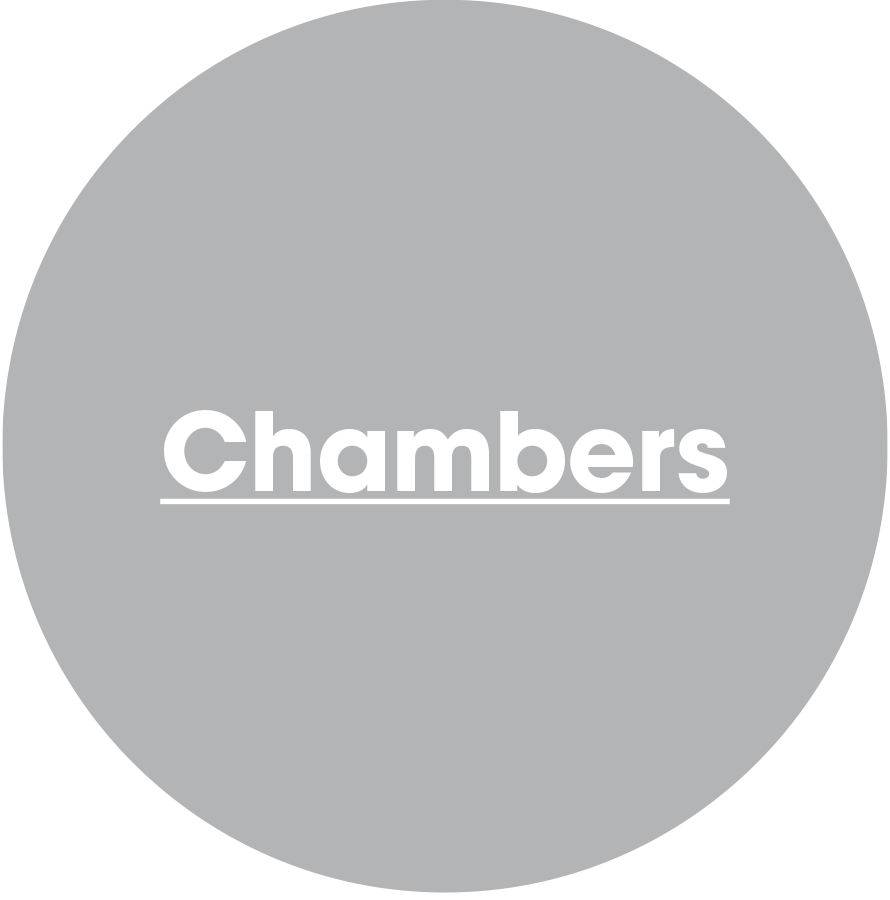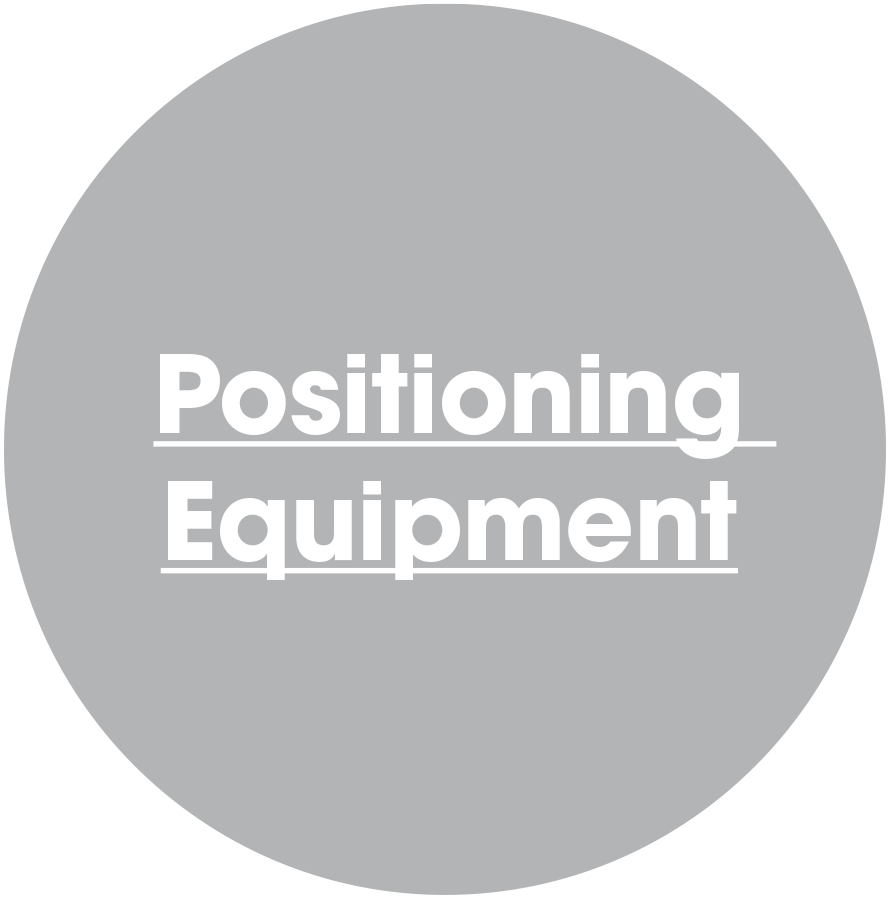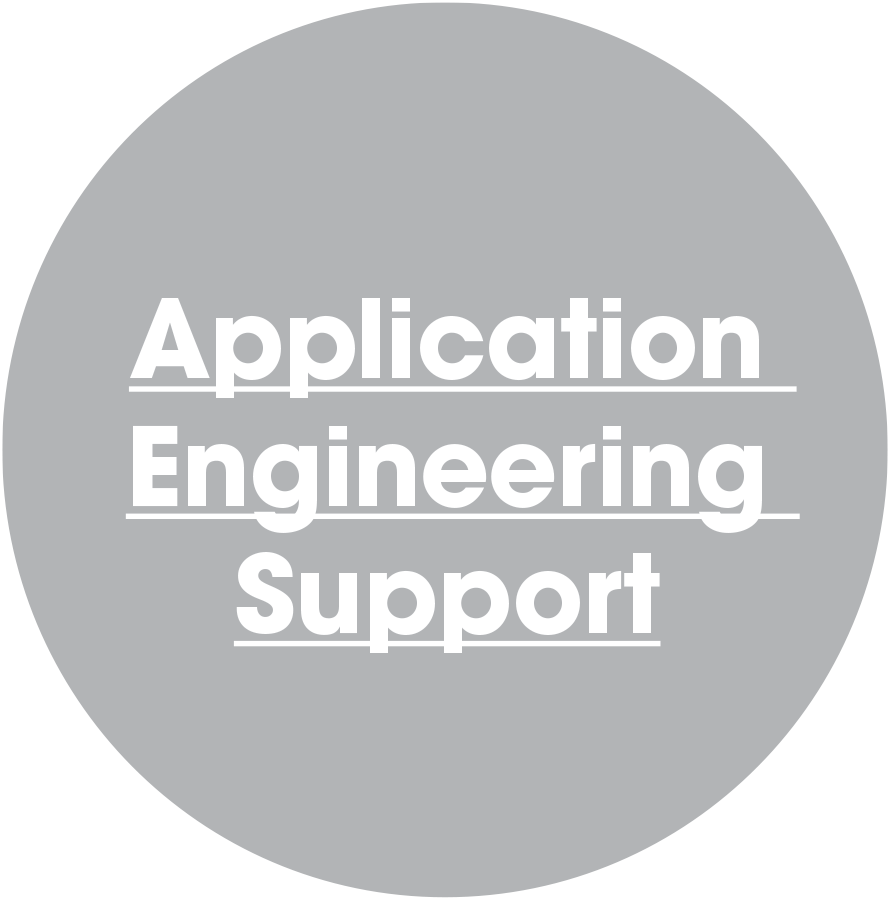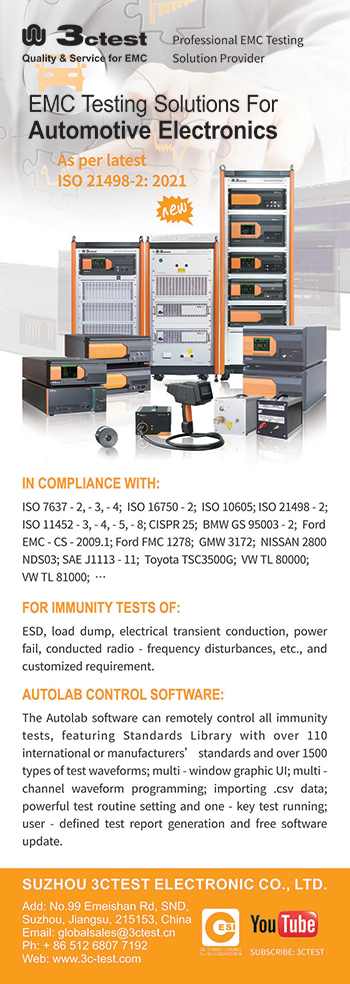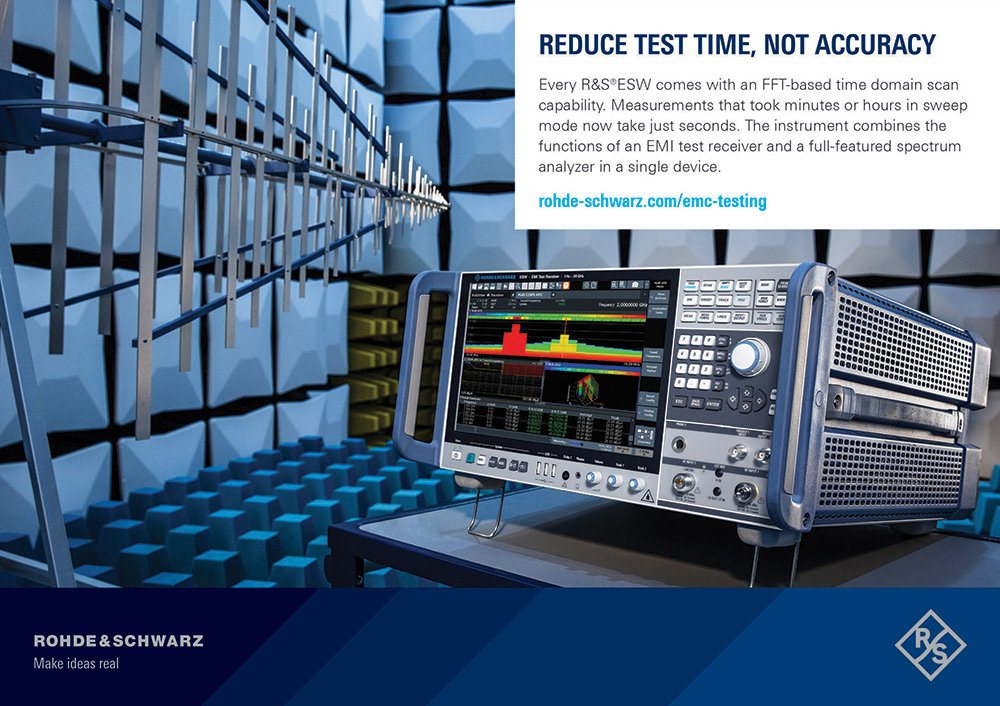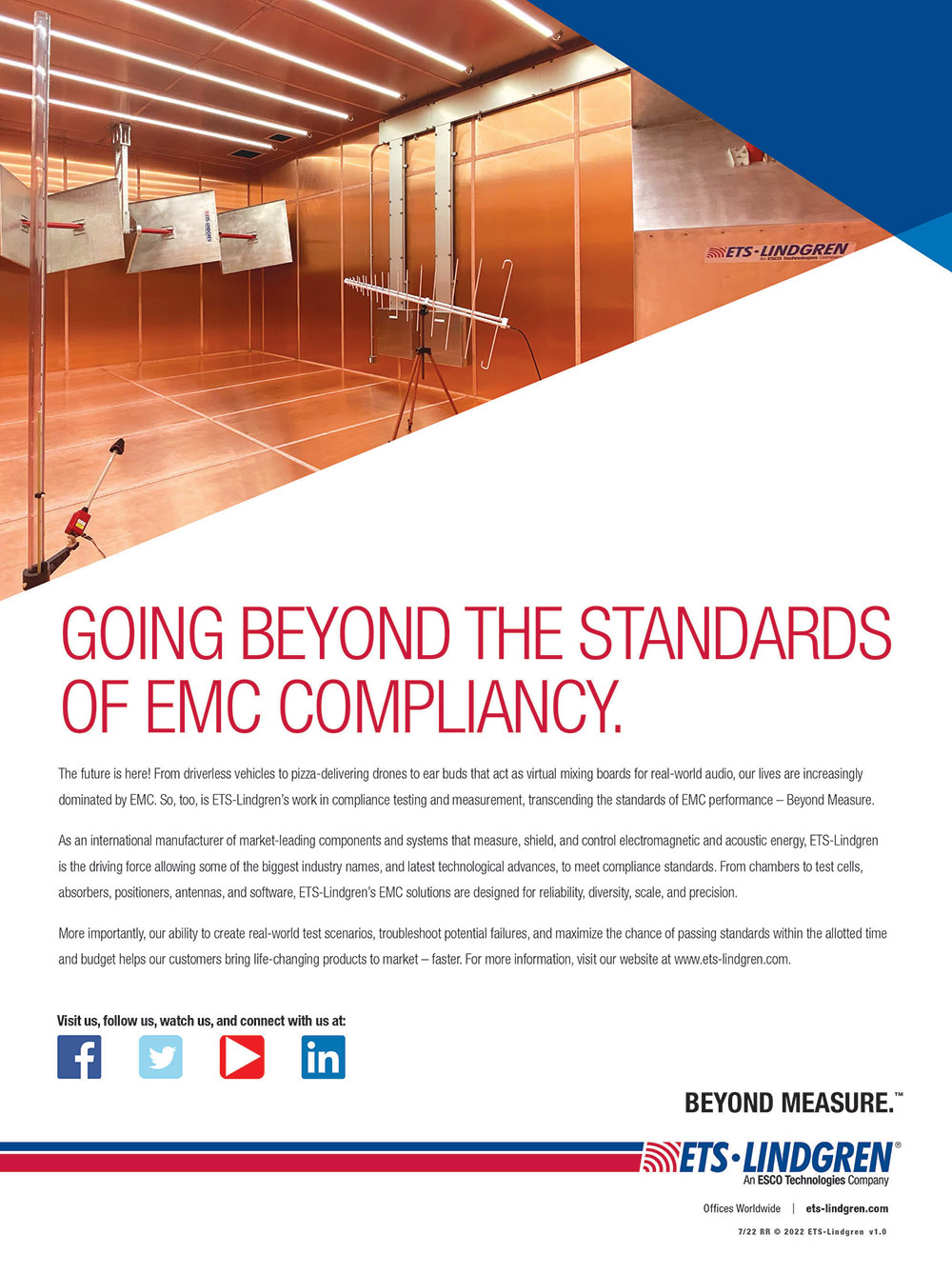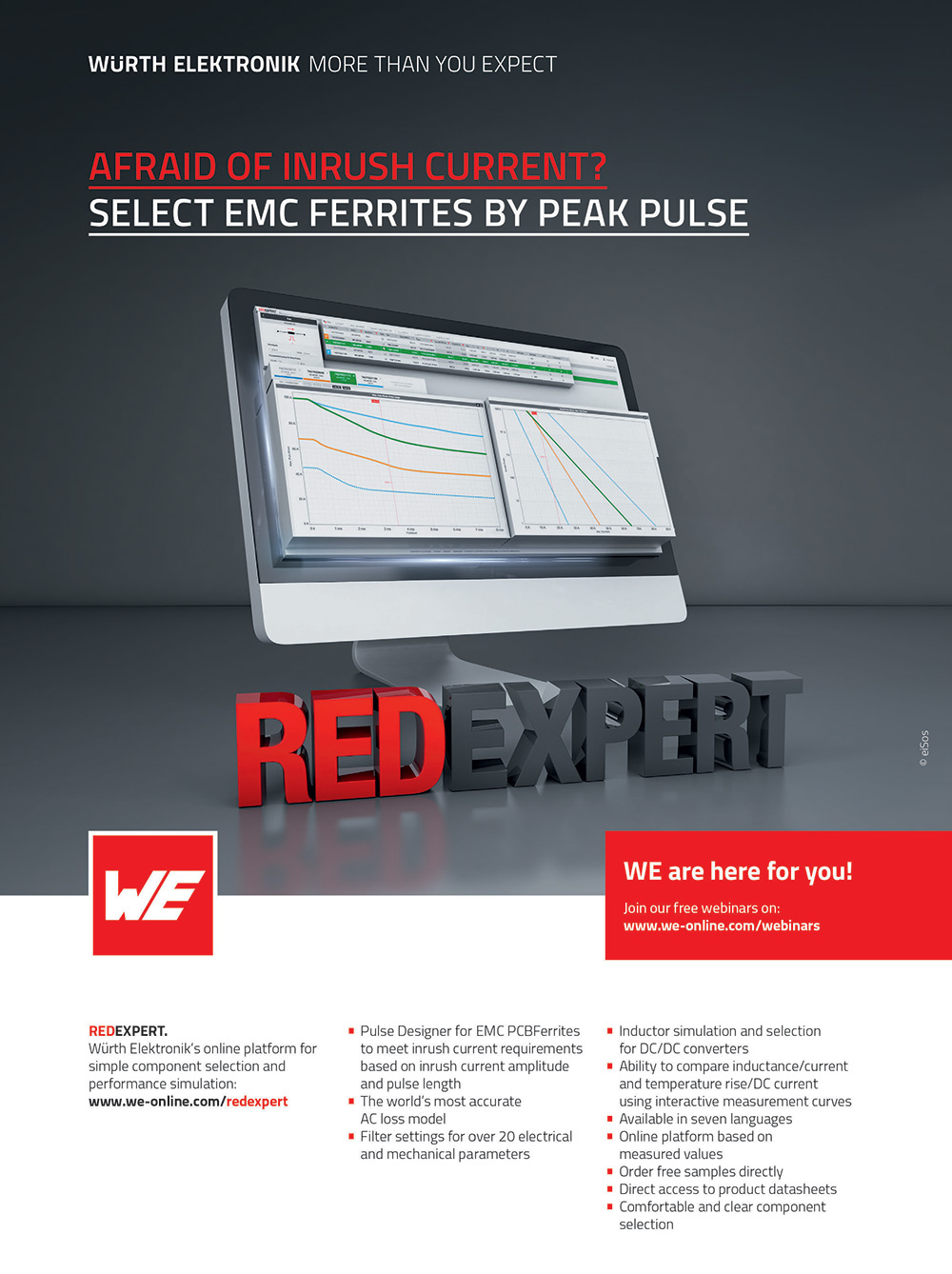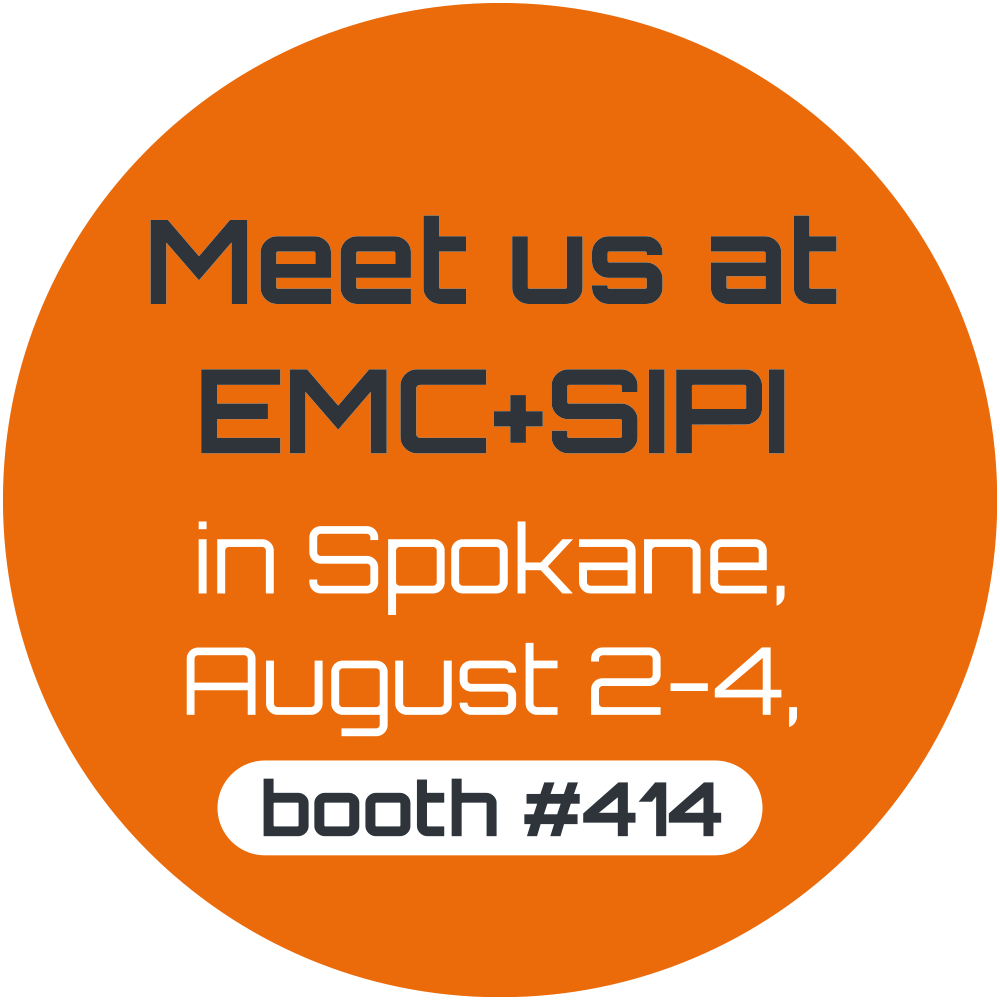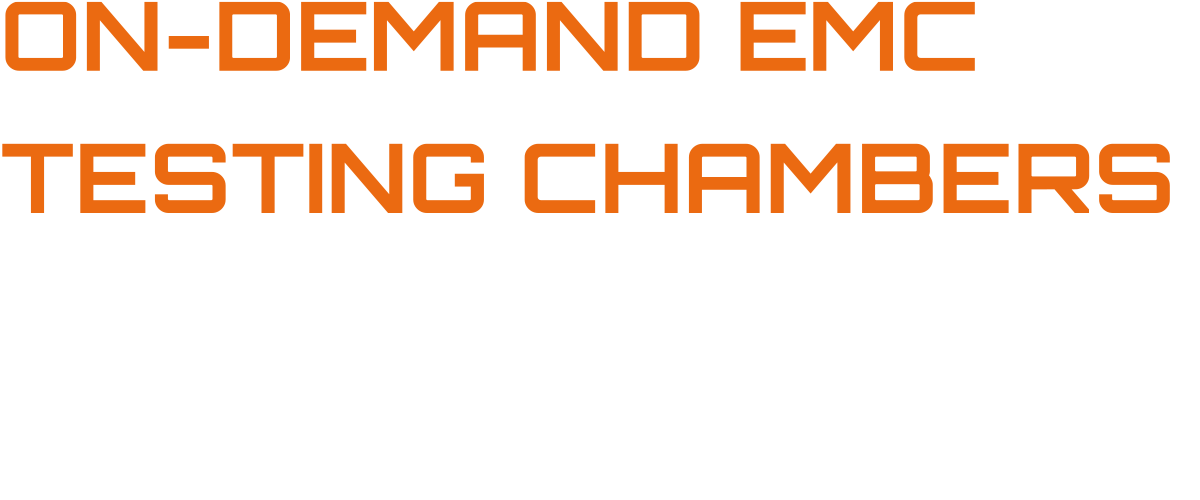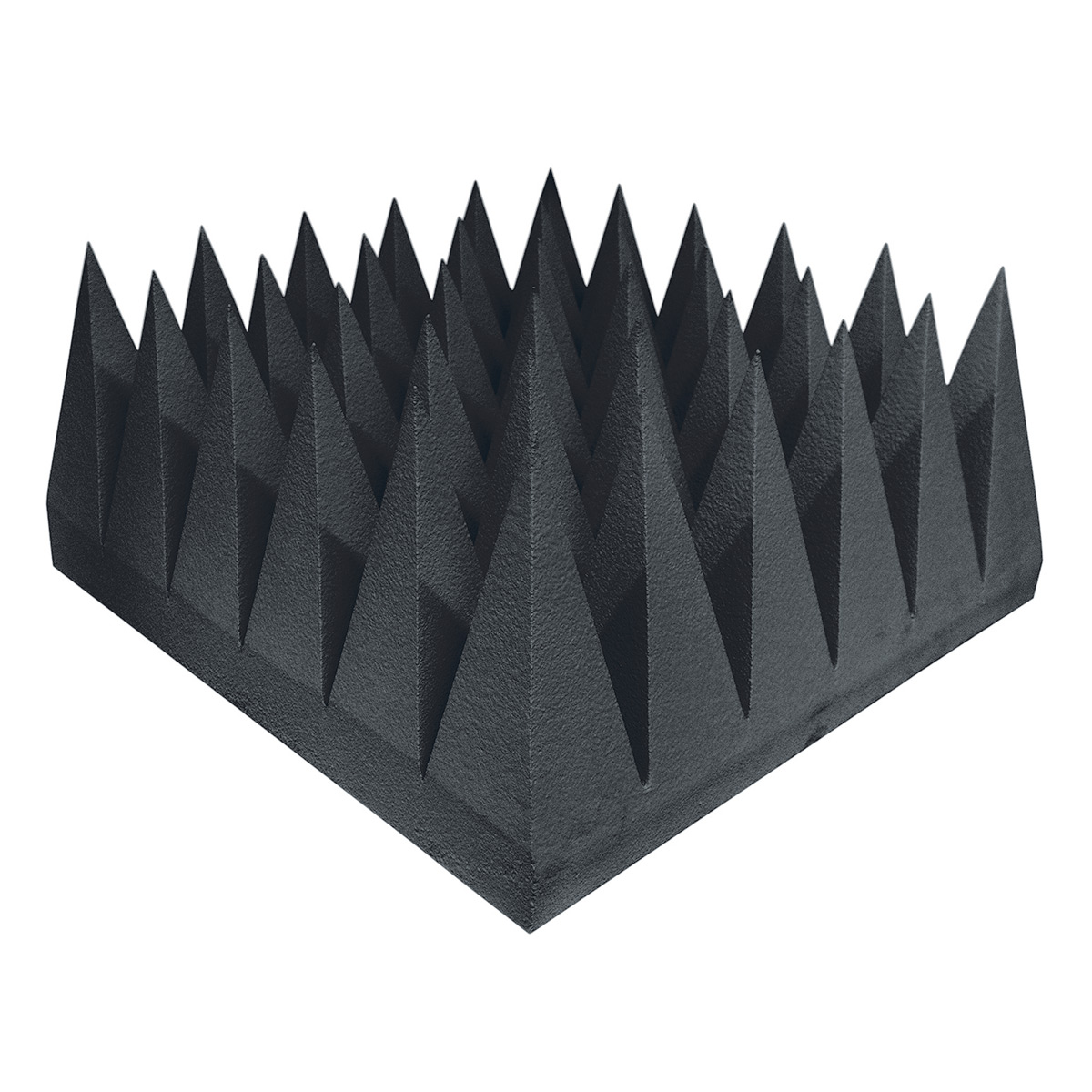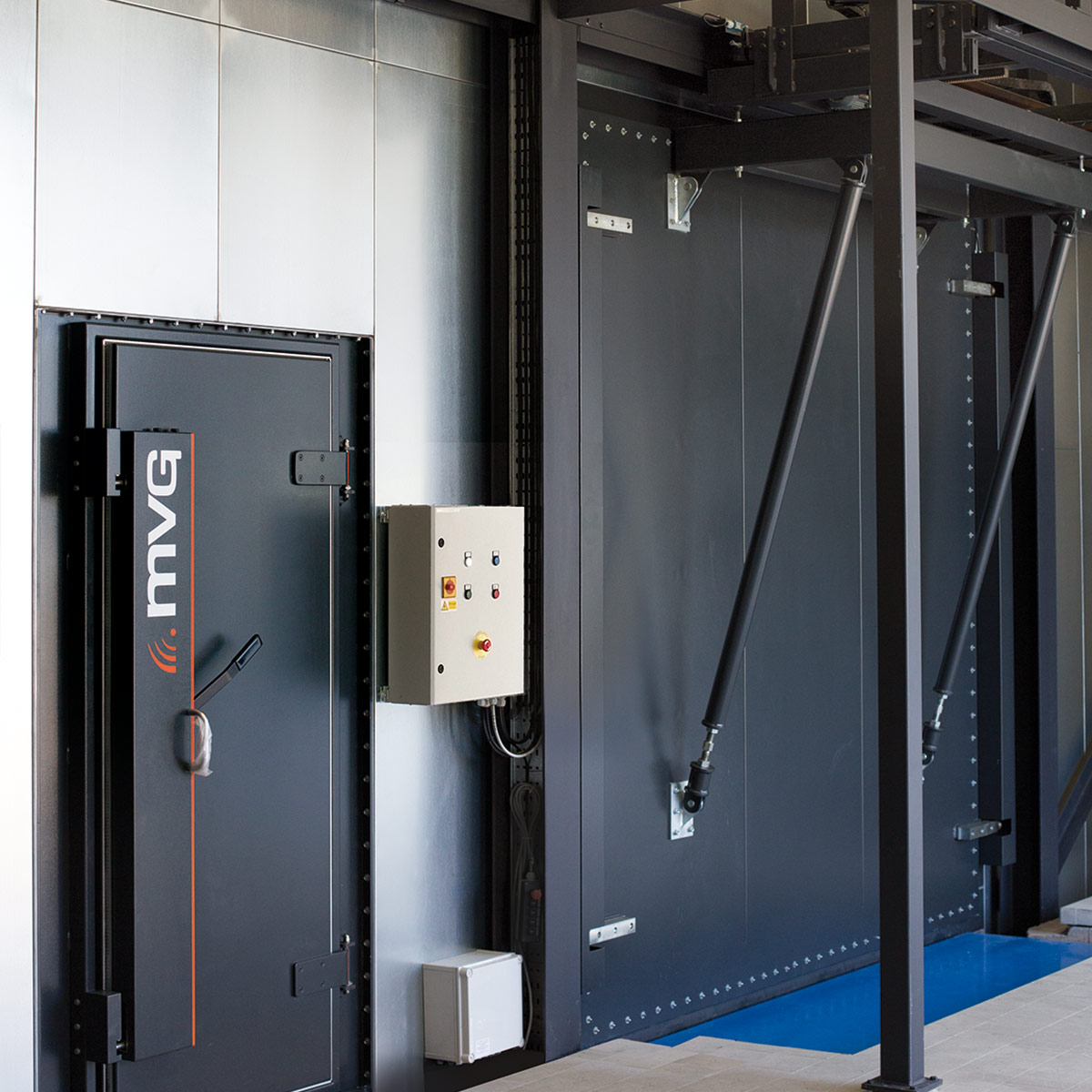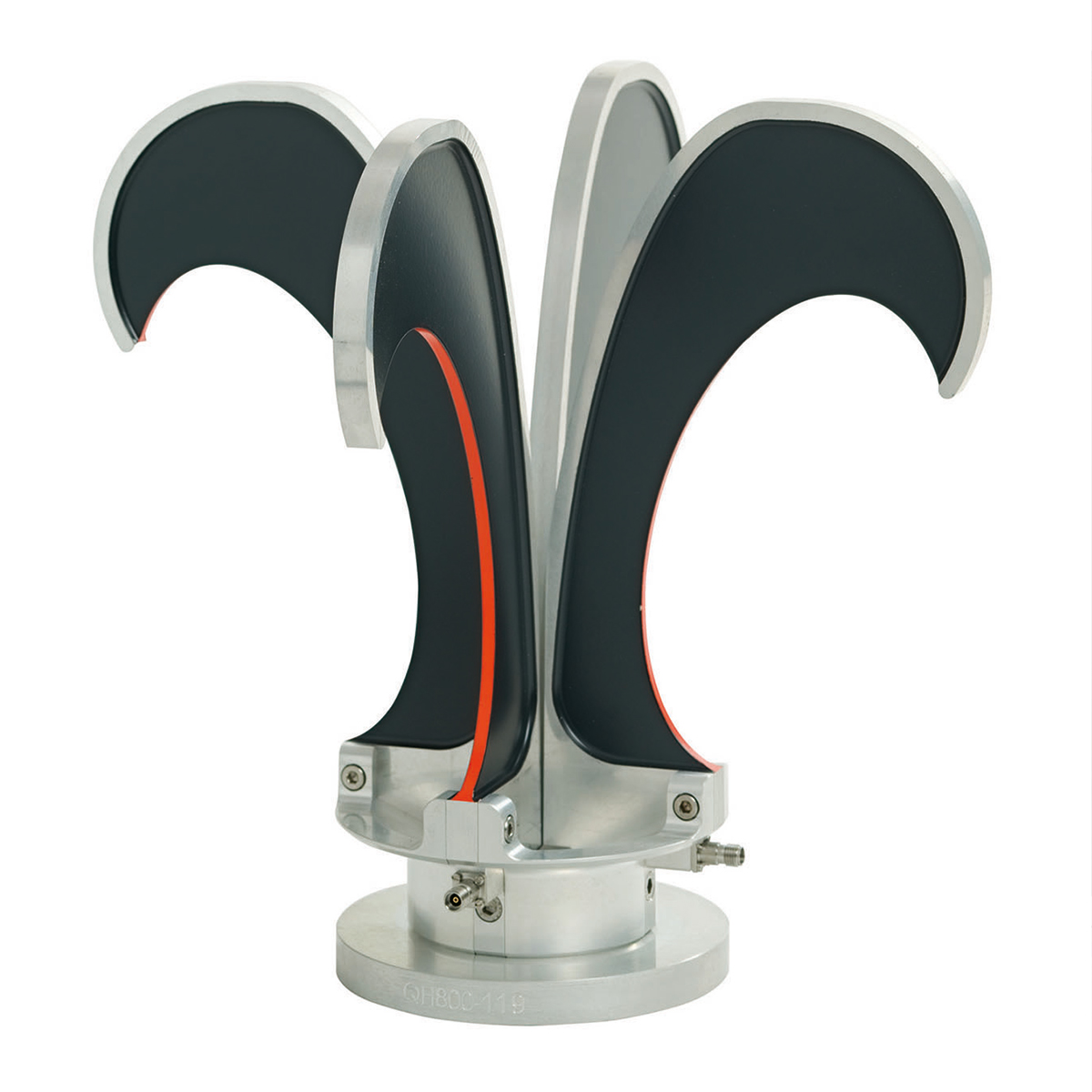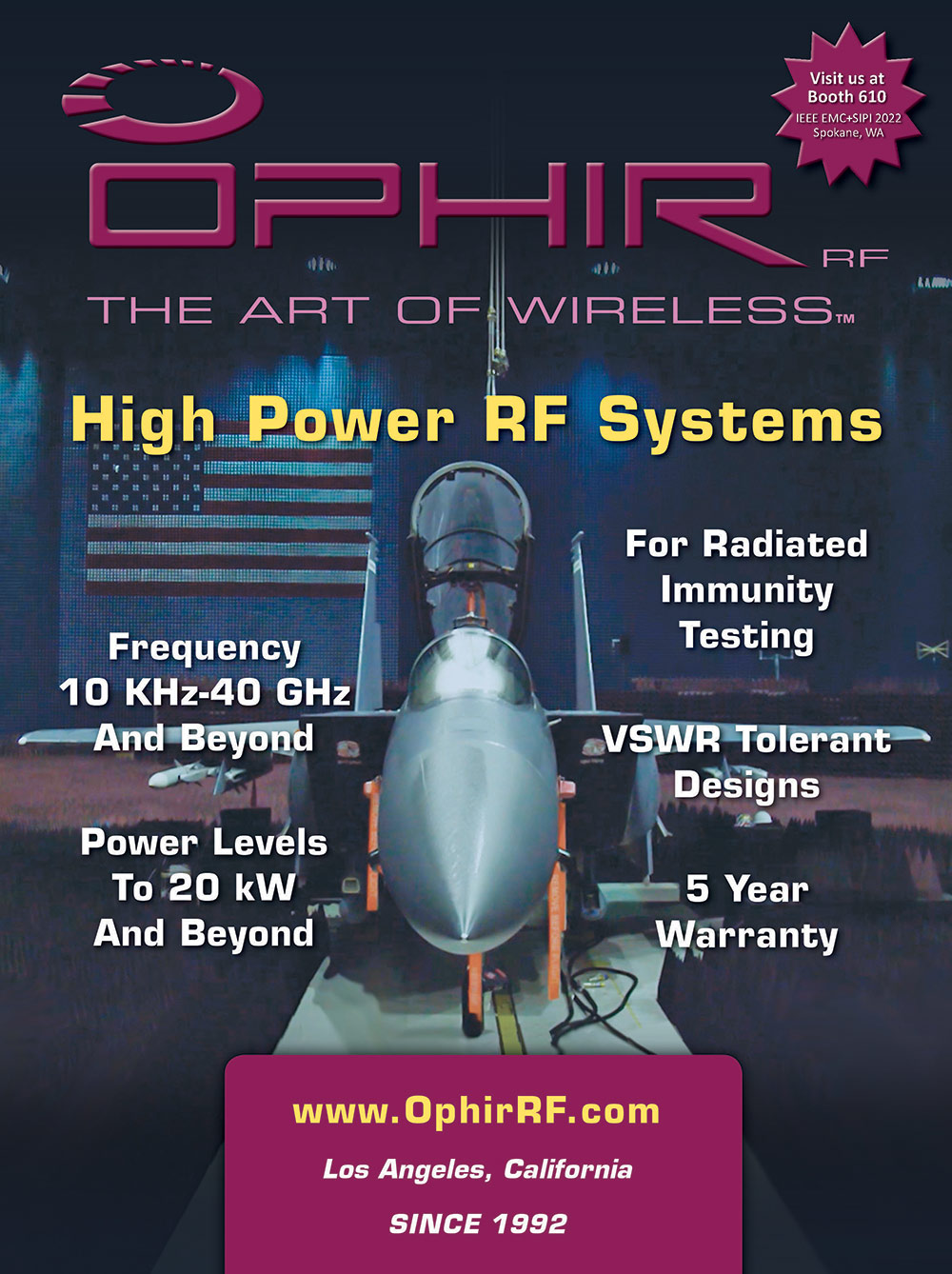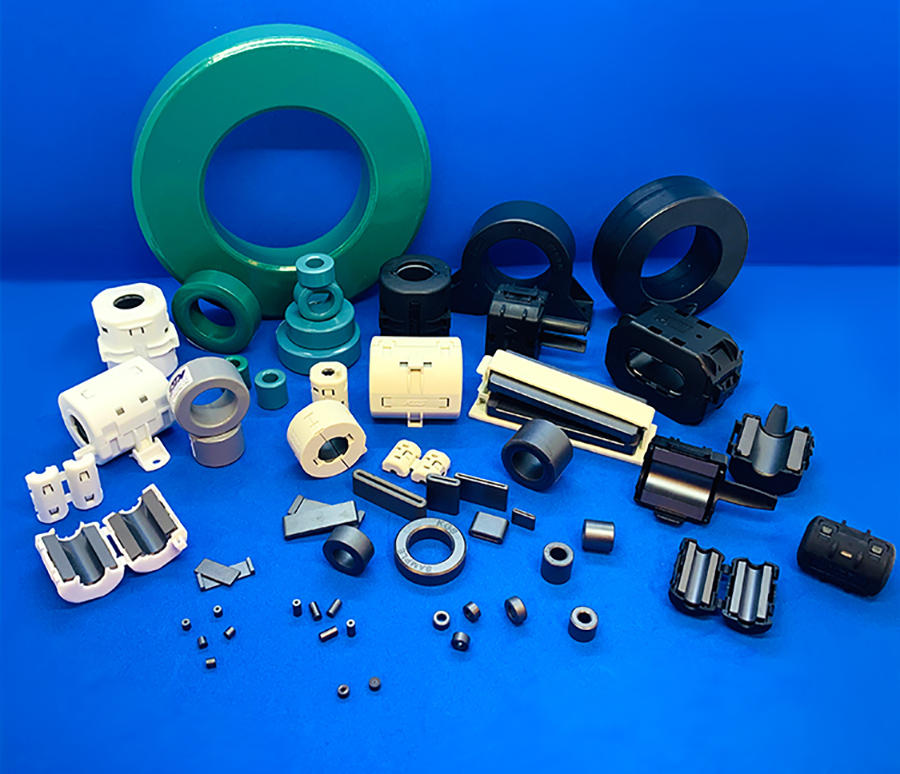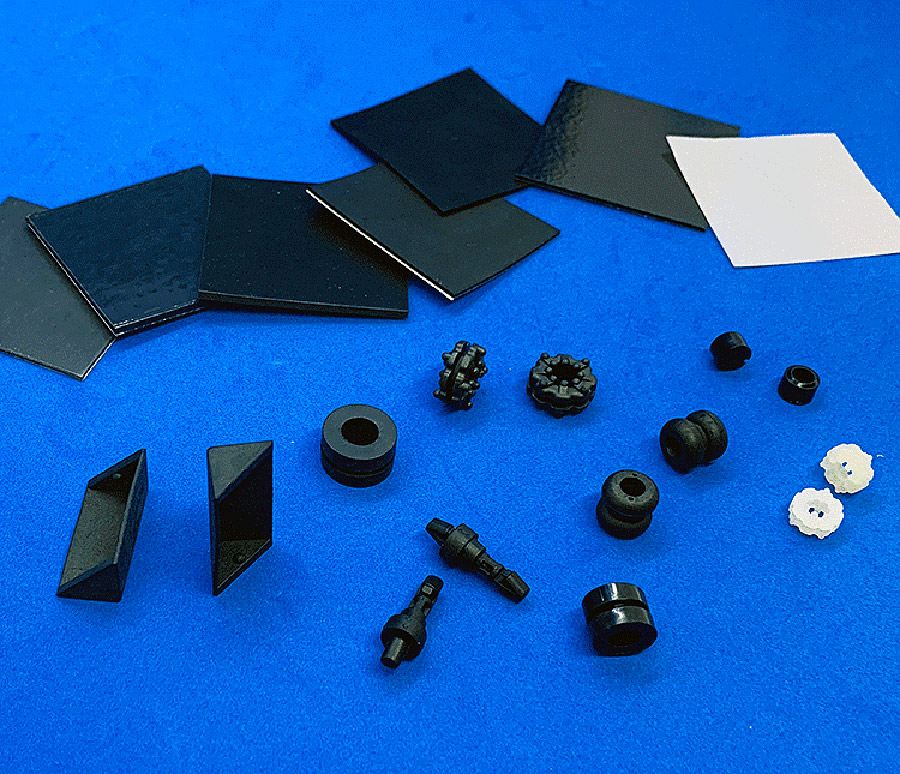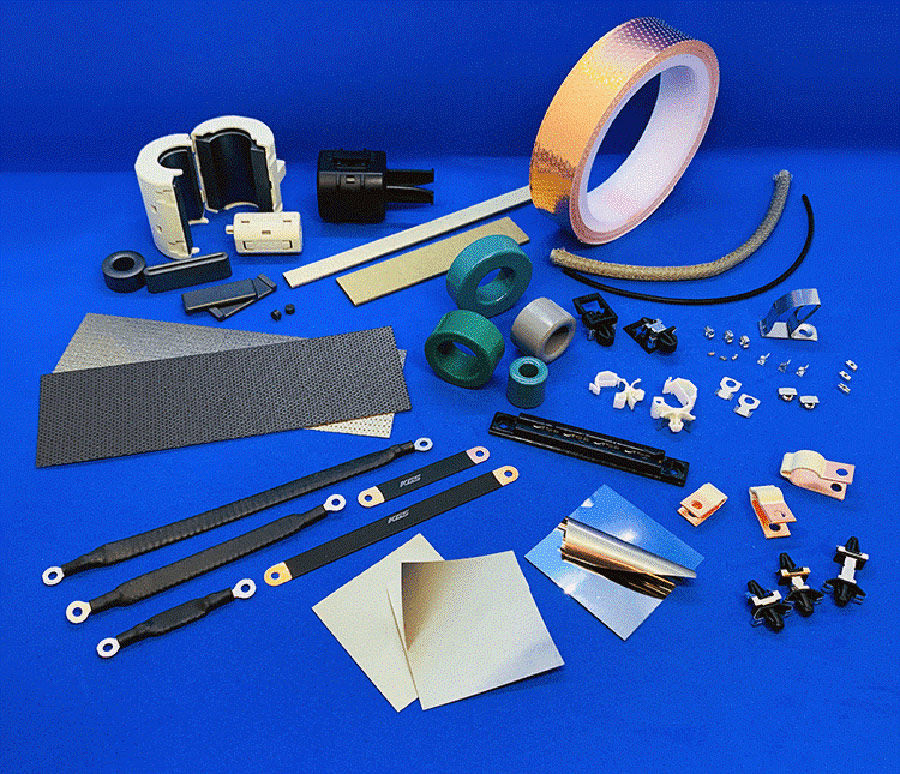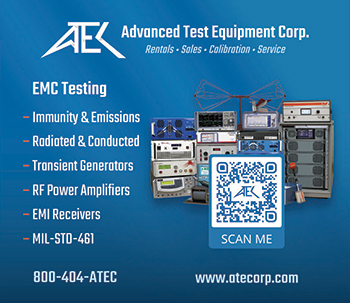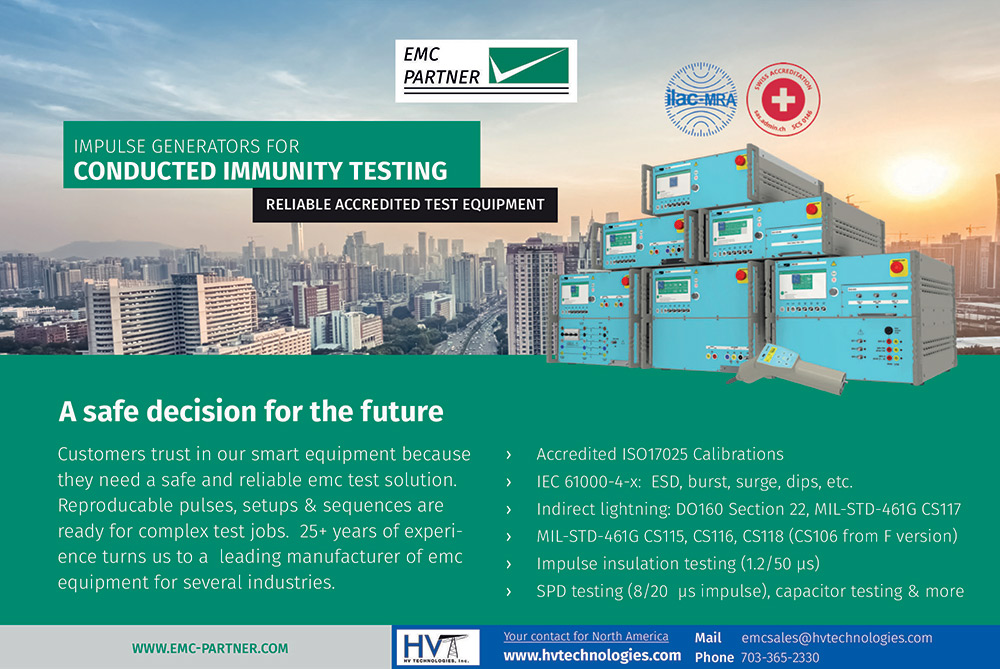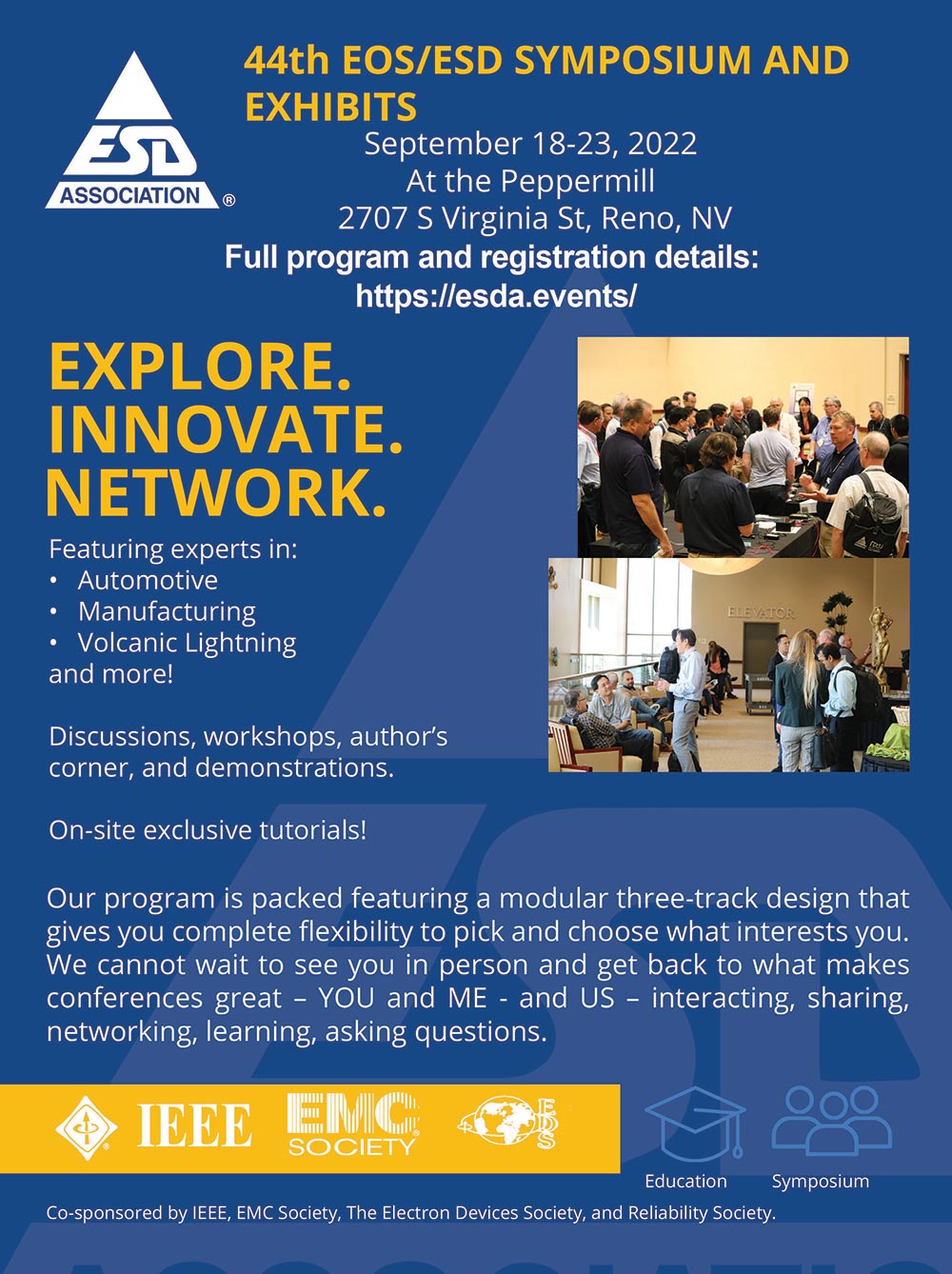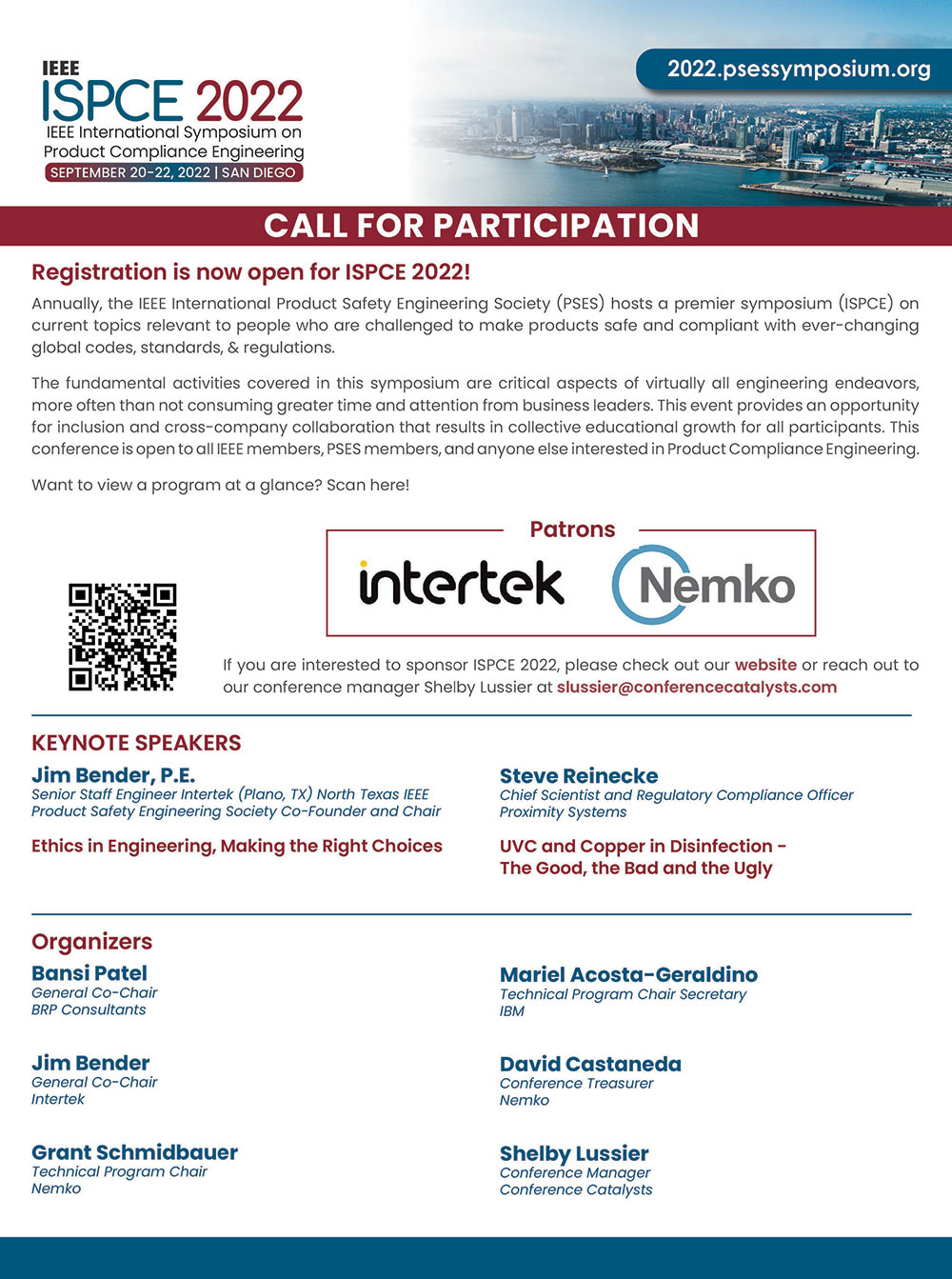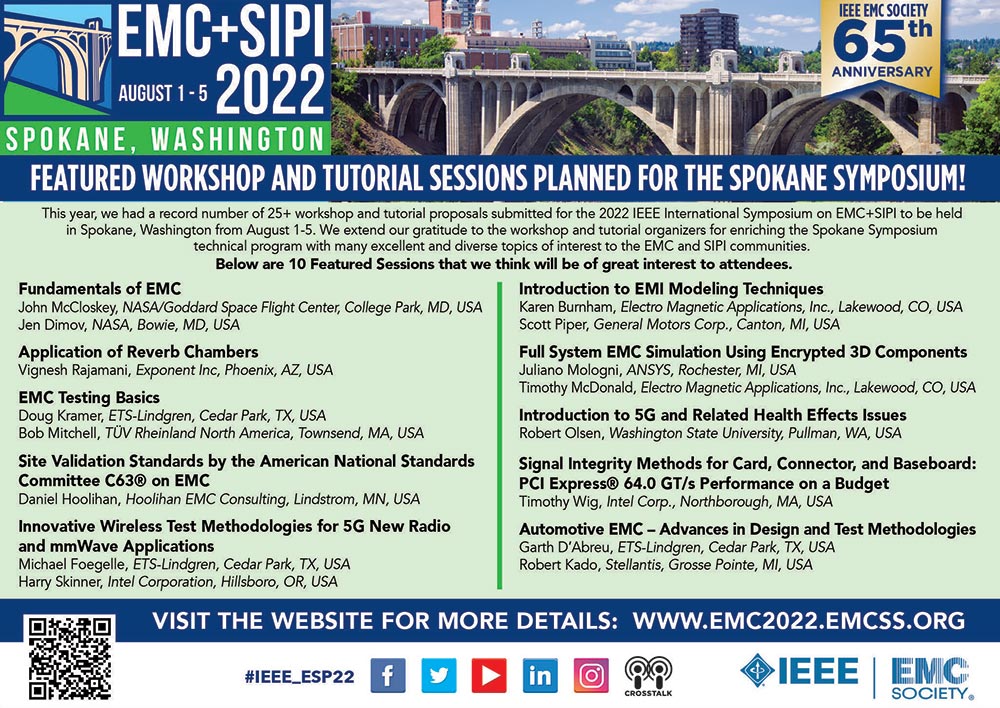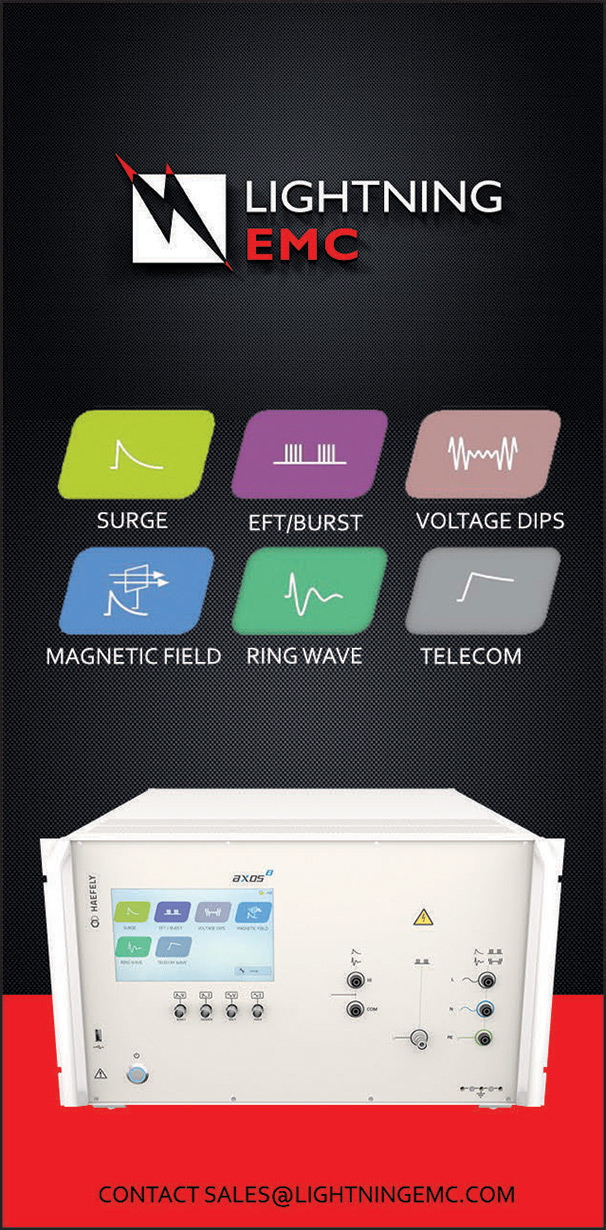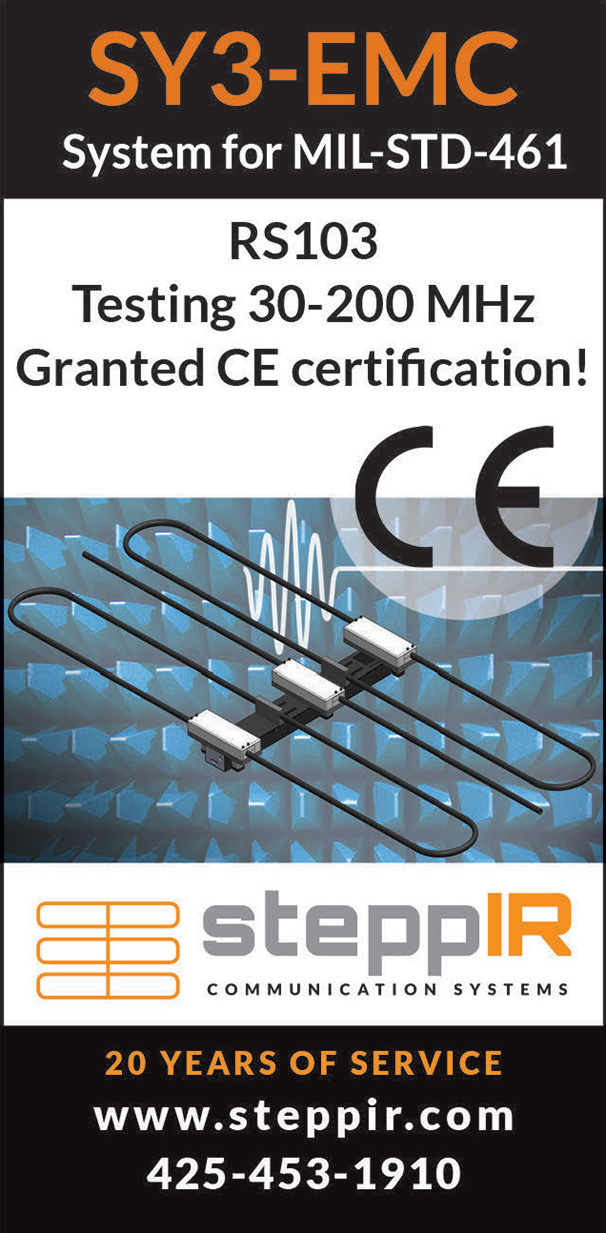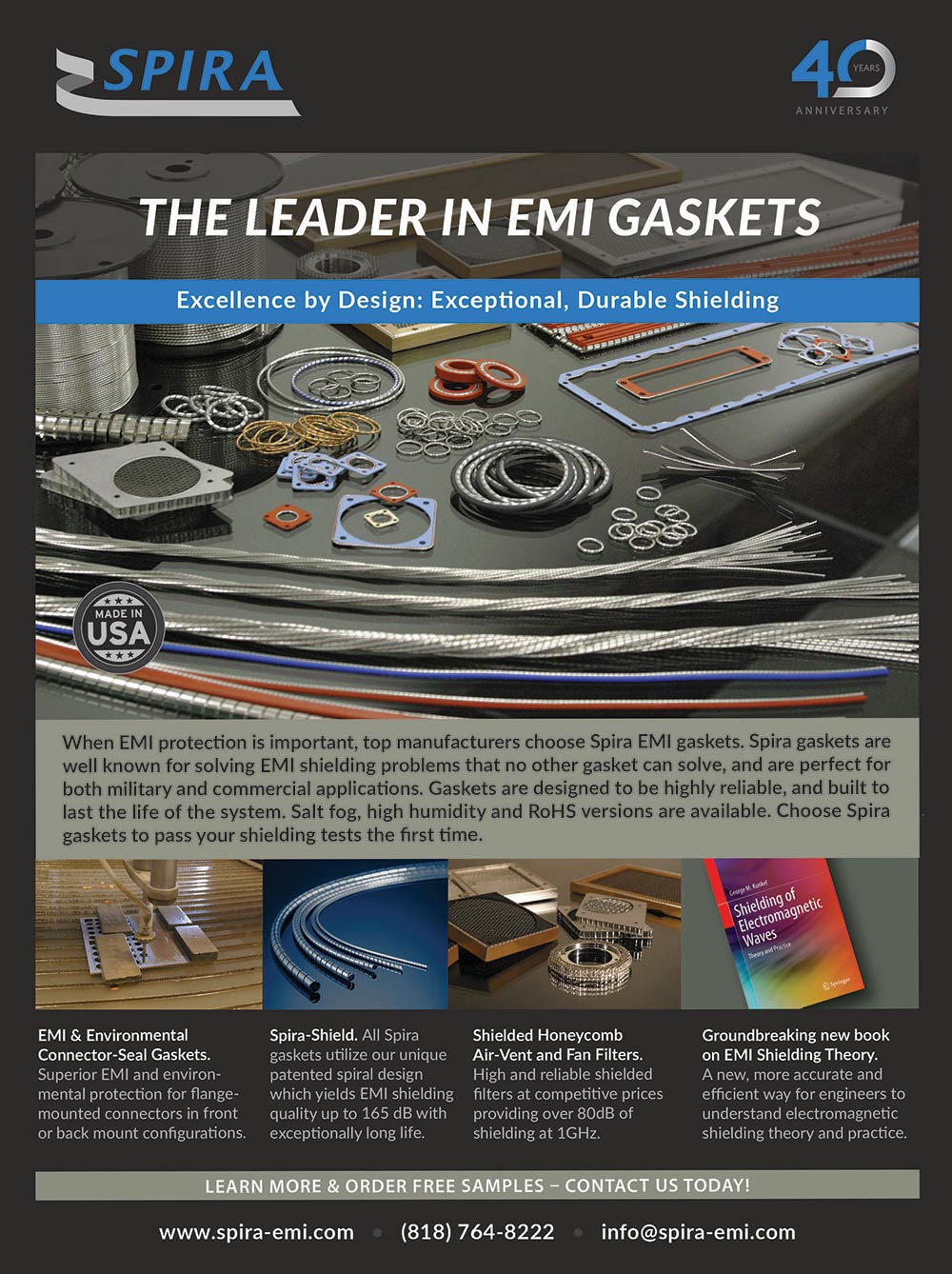
Continuity and Change in International Wireless Approvals
Preparing For and Implementing Product Recalls in 2022
Continuity and Change in International Wireless Approvals
Preparing For and Implementing Product Recalls in 2022

is your
Key to Success
Our Creativity has no Competition
Our Creativity has no Competition

… we are redefining
Ingenuity!

Las Vegas, Nevada 89120
Tel: 702-534-6564
Web: www.exoduscomm.com • Email: sales@exoduscomm.com
A Preview of the Symposium taking place in Spokane, Washington

ISSN 1948-8254 (print)
ISSN 1948-8262 (online)
is published by
Same Page Publishing Inc.
451 King Street, #458
Littleton, MA 01460
tel: (978) 486-4684
fax: (978) 486-4691
©Copyright 2022 Same Page Publishing, Inc. all rights reserved
Contents may not be reproduced in any form without the prior consent of the publisher.
While every attempt is made to provide accurate information, neither the publisher nor the authors accept any liability for errors or omissions.
publisher
bruce@brucearch.com
keith.armstrong@
cherryclough.com
Leo@EisnerSafety.com
dgerke@emiguru.com
ken.javor@emcompliance.com
kenrossesq@gmail.com
wernerschaefer@comcast.net
Subscriptions outside North America are $129 for 12 issues. The digital edition is free.
Please contact our circulation department at circulation@incompliancemag.com
Commission Implementing Decision (EU) 2022/713 specifically updates harmonized standards originally detailed in Annexes I, II, and III of Commission Implementing Decision (EU) 2019/1956. Compliance with the requirements…
In a Sixth Report and Order, the FCC moved to implement new rules applicable to so-called gateway providers, the key pathway for international call traffic. The rules require them…

DILBERT © 2022 Scott Adams. Used By permission of ANDREWS MCMEEL SYNDICATION. All rights reserved.
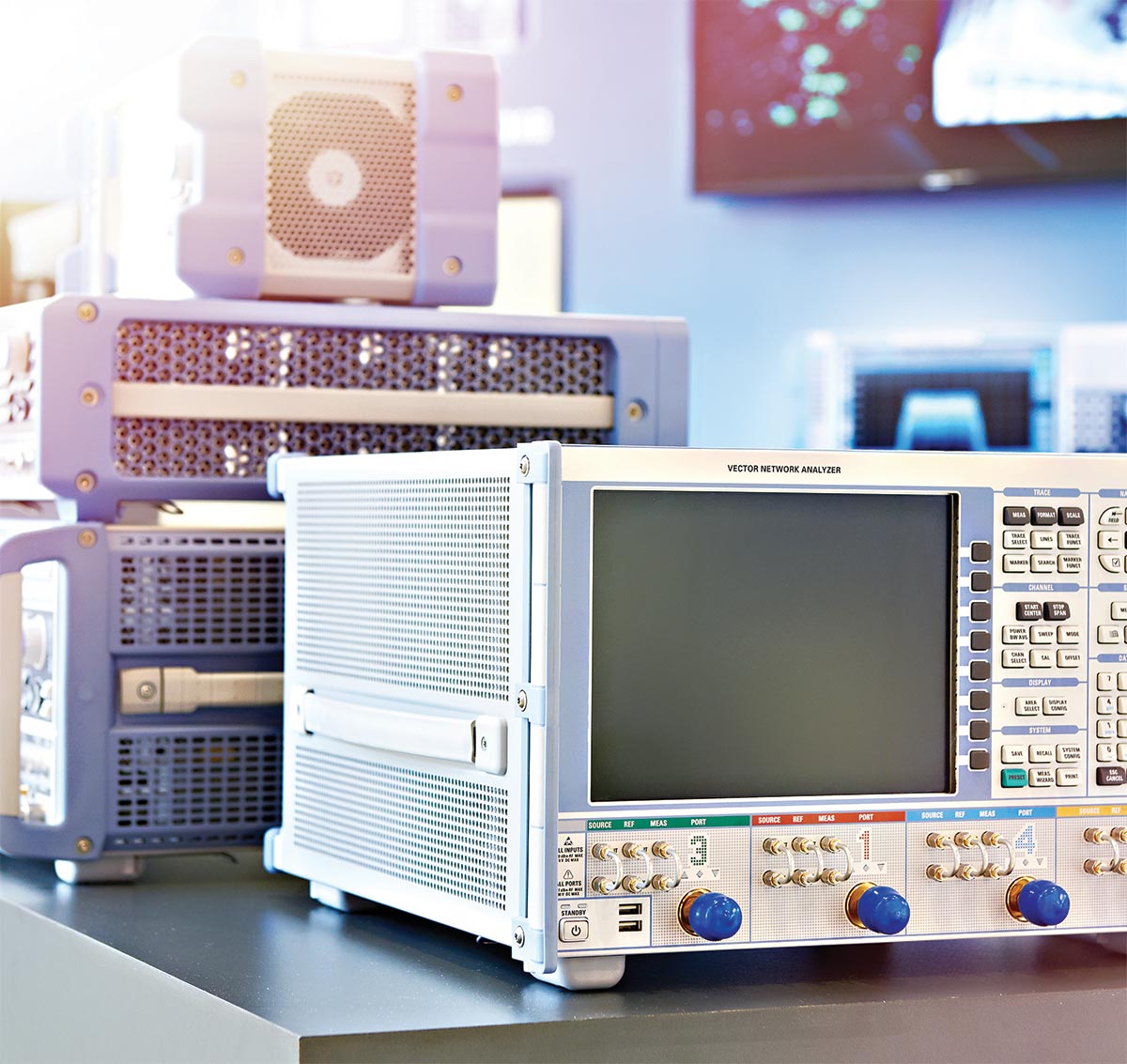
In many EMC applications, passive components need to be characterized to provide simulation models and physical insight into the dominant processes within these components. Passive filters consist of inductors and capacitors, some of which are 3- or 4-terminal devices, such as common-mode chokes. For small signals, these components can be considered linear with respect to voltage and current. However, in many applications, non-linear effects must be considered and characterized. This can be achieved with a time-domain large-signal approach or by linearization around certain bias points. Linearized characterization of potentially non-linear devices such as filter inductors or capacitors requires simultaneous excitation of the small-signal evaluation signal and the large-signal bias, which is current for inductors and voltage for capacitors. The most commonly used method relies on a vector network analyzer (VNA) and a bias network to apply the large signal bias.
Other ar companies: modular rf • sunar rf motion • ar europe
Other ar companies: modular rf • sunar rf motion • ar europe
for EMC Testing.
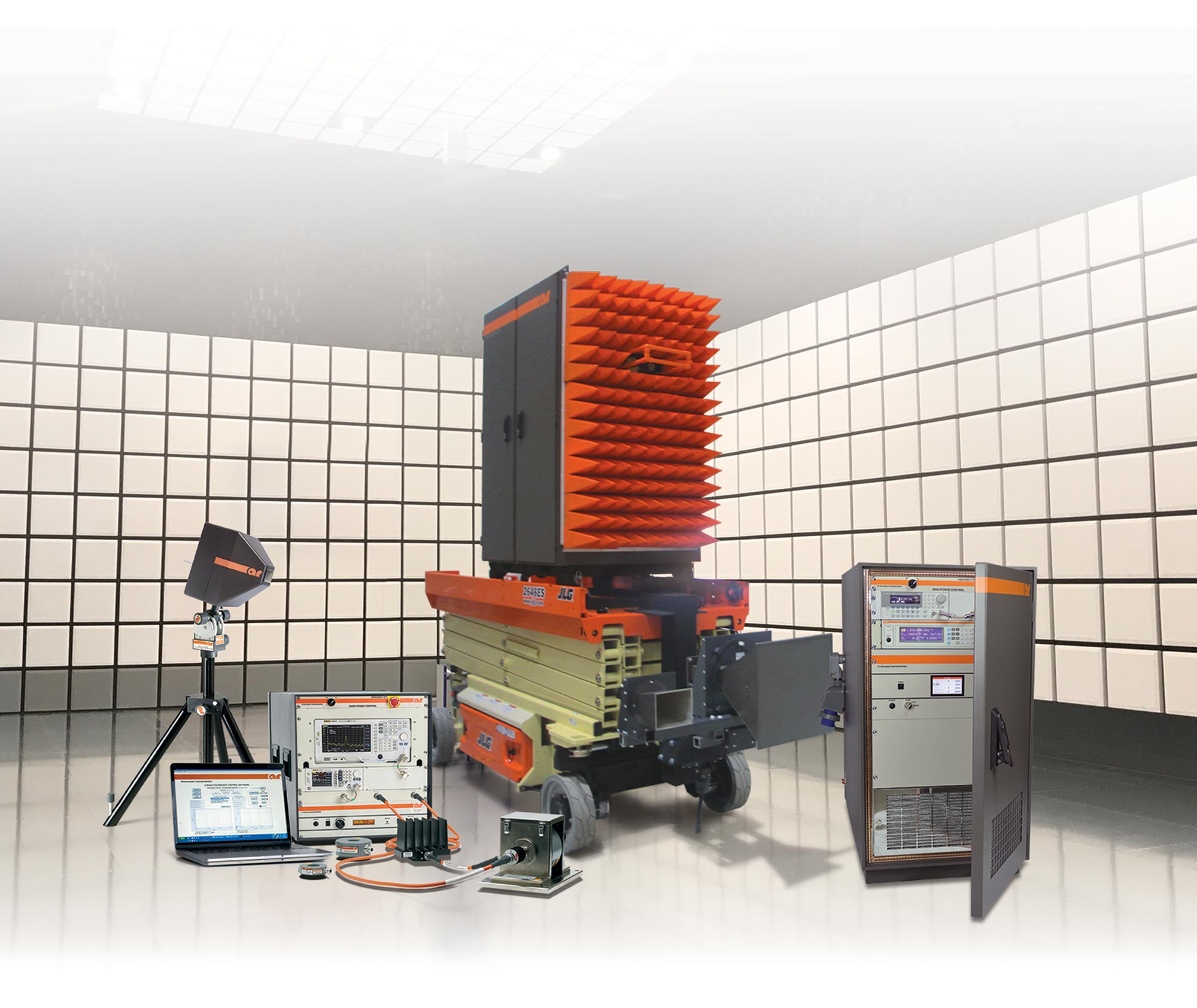
From complete testing systems to software, anechoic chambers and shielded rooms, AR is your one stop for EMC testing.
For more information on AR Amplifiers visit us at www.arworld.us/systems or call 215-723-8181.
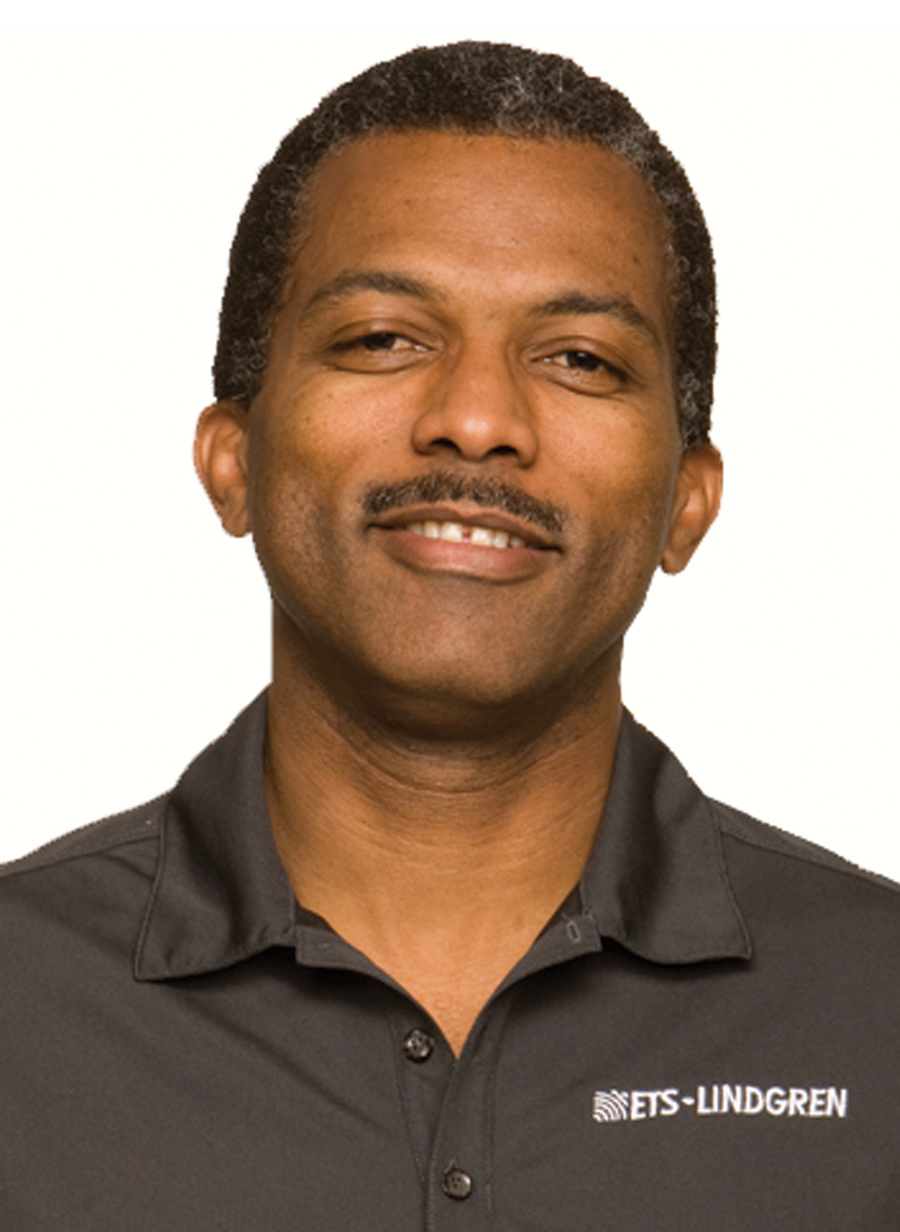
Director,
Automotive Solutions
What are you seeing in terms of electronics and electrical systems becoming increasingly complex?
In the automotive and aerospace industries, the sensing, control, and communication electronics have become increasingly interconnected to provide automated, advanced, and autonomous features. In these cases, the consequences of interruption or interference may be catastrophic or even life threatening. For example, in the automotive industry, lane keeping assistance and adaptive cruise control rely on the input of several sensors such as RADAR, camera, and in some cases LIDAR. These features may be integrated with the automatic control of acceleration, breaking, and steering – an interruption anywhere in the communication chain could cause problems. Similarly in the aerospace industry, autopilot is commonly used; this feature and the new emergency auto-land capability may be vulnerable to interference from other radiating sources. For example, we’re seeing the potential concerns with 5G and aircraft radio altimeters.
What are the new applications of reverberation chambers for EMC and Wireless testing?
In the automotive industry, small component sized reverb chambers have been in use for system-level immunity testing to several international and manufacturer standards for decades; more recently, work has begun on a new standard to extend this to full vehicle immunity testing. An early draft of ISO 11451-5 introduces several enhancements to traditional reverb chamber methods to improve reliability, accuracy, and flexibility. A goal is to provide an alternative to the direct illumination methods in an anechoic chamber so that the multiple interconnected systems commonly seen can be immersed in the RF test fields in a manner representative of real exposure threats. Wireless device tests also typically performed in an anechoic chamber have seen alternate test standards under CTIA and 3GPP which describe reverb-based methods. ANSC C63® is also working on using reverb chambers as a method of measuring spurious emissions of wireless devices.
Can a reverberation chamber provide useful data compared to an anechoic chamber method for new applications, such as testing wireless devices?
Wireless tests in an anechoic chamber are usually centered on antenna pattern measurements from which the performance metrics such as TRP/TIS/EIRP and other related parameters are derived. The pattern measurement provides spatial information, the accuracy of which depends on the positioning resolution of systems used. In most cases, this has a direct impact on overall measurement time. In contrast, the reverb environment samples the temporal power density in the chamber which is directly related to the total power radiated by the device to provide an indication of overall peak or average radiated power. This testing can potentially be performed much faster in a reverb chamber that is less costly than an anechoic chamber so it is has attractive advantages. Chamber comparison results so far are very encouraging.

thernet is one of the most widely adopted technologies for the transmission of data between devices and is used in many industries because of its speed, affordable cost, and versatility. Over the years, Ethernet standards have evolved to meet increasing needs to transmit more data faster. However, in addition to speed, a key performance factor – determinism – is influencing the increasing need for time-sensitive networking (TSN).
A deterministic system is a system in which no randomness is introduced in future states of the system, thus allowing a deterministic network to exchange packet data in a precise manner with a defined latency. Because data exchange in Ethernet networks lacks determinism with its packet buffering and varying queuing delays, deterministic data exchange in Ethernet has, until recently, only been possible with proprietary solutions.
TSN, a relatively new technology, is making Ethernet bridged networks deterministic by design – guaranteed data transport with bounded low latency, low delay variation, and extremely low loss. Today, TSN is notably leveraged in industries where deterministic communication is important, such as automotive, manufacturing, aerospace, transportation, and utilities applications.

n 2007, before the cratering of the global economy, I began a job with Intertek’s Global Market Access program. While job losses in the US accelerated, so did my early career. “I’ll get laid off,” I figured, “I’m an untrained newbie in a collapsing market.” But I never did. I credited this to my low salary and Intertek’s book of business. However, the truth was that manufacturers knew the headwinds and were still willing to export globally. I kept getting product certifications, and the flow never stopped. Fifteen years later, on the brink of another inflation-induced, war-torn, sanction-driven, and pandemic-fueled recession, the companies I represent are still looking ahead. They are still developing new products to introduce in new markets.
Macroeconomics aside, the process of certifying a wireless device across the globe hasn’t changed much. New regulations continuously emerge while regulatory bodies add or drop burdens and requirements. Although these details are important, the big picture remains similar, and cooperation between countries, or the emergence of regulatory blocks, remains rare. Technology is making applications easier, but we have yet to see a reduction in regulatory burdens.

ecalls have received lots of attention recently by government agencies and industry as they try to determine how to help manufacturers be better prepared to undertake a recall and then how to implement the recall once one is started. Given the growing importance of this subject, there has been a recent proliferation of guides, standards, and best practices developed in the U. S. and elsewhere. Taken together, these can significantly help a manufacturer establish procedures and personnel necessary to meet its legal and practical obligations.
This article will discuss the ways in which a company can be organized and prepared to meet its post-sale duties and to undertake a field corrective action program or a recall.
Grounding contacts, clamps, and straps
Ferrite cores
EMI absorbers
Silicone-free thermal pads
Dual-function (EMI + thermal)
Fan noise damper
Toll free (US only): 1-855-EMC-PART
International: +1-408-971-2055
Email: sales@kgs-ind.com
his month’s column is the last of three parts devoted to designing, testing, and EMC immunity evaluation of multilayer PCBs containing analog circuitry. The first article presented a top-level block diagram description of the design problem under research [1,2]. The second article discussed the radiated immunity results [3]. This article is devoted to the conducted immunity testing according to the ISO11452-4 Bulk Current Injection from 1 MHz – 400 MHz up to severity level 4. As a reminder, two analog measurements are present on the PCB. The first analog measurement captures analog temperature values from an NTC thermocouple at the end of a short harness. The second analog measurement captures the analog voltage of 12 volts connected at the banana jack terminals of the PCB. Both sets of values are processed by the microcontroller and reported to the test engineer outside the chamber via UART and fiber optic communications for isolation. However, for the purposes of this article, only analog temperature measurements are presented and discussed.
his article introduces typical latch-up verification techniques to detect and prevent latch-up. These techniques rely on electronic design automation (EDA) tools to deliver the coverage necessary to identify and eliminate latch-up risks.
ou’re likely familiar with this critical set of accident prevention-related standards from the American National Standards Institute (ANSI) – those that manufacturers and workplaces across the U.S. use as a guide for safety colors, safety signs, safety symbols, product safety labels, safety tags, and how safety information is presented in product manuals. This year, 2022, is a revision cycle year for ANSI Z535, and it marks the first time many of the standards have changed in over a decade. This month’s column explores the latest updates and what they mean for product safety.
Why ANSI Z535 Matters for Machinery Safety

At first the motorists of Las Vegas and neighbouring Henderson suspected that machines had taken over the world: thousands of car alarms, central-locking systems and remote garage door openers simultaneously stopped working. Local car dealerships were overwhelmed by calls from angry customers. “We were getting a hundred calls a day,” said Katie Baumann…
For some time now, owners of some lightweight British sports cars with LED rear lights have been posting complaints of interference to their AM radio reception every time they apply the brakes.
While other owners posted helpful comments such as “do not apply the brakes, it slows you down”, it was clear…
Britain’s Medicine and Healthcare products Regulatory Agency (MHRA) has issued a statement on the use of mobile phones in hospital settings. In a departure from long-held conventional wisdom, the Agency does not recommend a blanket ban on mobile phones in hospitals. The statement goes on to say, however, that “under certain circumstances, the electromagnetic interference from a mobile…
Solar flares can drown out GPS signals, with potentially serious consequences for airlines, emergency services, and anyone relying on satellite navigation. It turns out that these bursts of charged particles, which produce auroras and geomagnetic storms, also generate radio waves in the 1.2 and 1.6GHz bands used by GPS…
EMC+SIPI Symposium offers a comprehensive selection of electromagnetic compatibility, signal and power integrity, standards testing and compliance, and education programs – from engineering to consultative business management and everything in between. Engineers will learn to increase efficiencies and productivity, enhance performance, and gain insight needed to solve daily and future strategic challenges. In addition to the robust technical program, there are a variety of networking events to choose from as well as a quality exhibit hall featuring industry providers showcasing current and innovative products and services.
View Index
EMV 2022
August 1-5
IEEE EMC+SIPI 2022
September 5-8
EMC Europe 2022
September 13-15
The Battery Show
Fundamentals of Random Vibration and Shock Testing Training
September 13-16
Lab Techniques, Robust Design, and Troubleshooting
September 18-23
44th Annual EOS/ESD Symposium
ISPCE 2022
September 29
2022 Minnesota EMC Event


